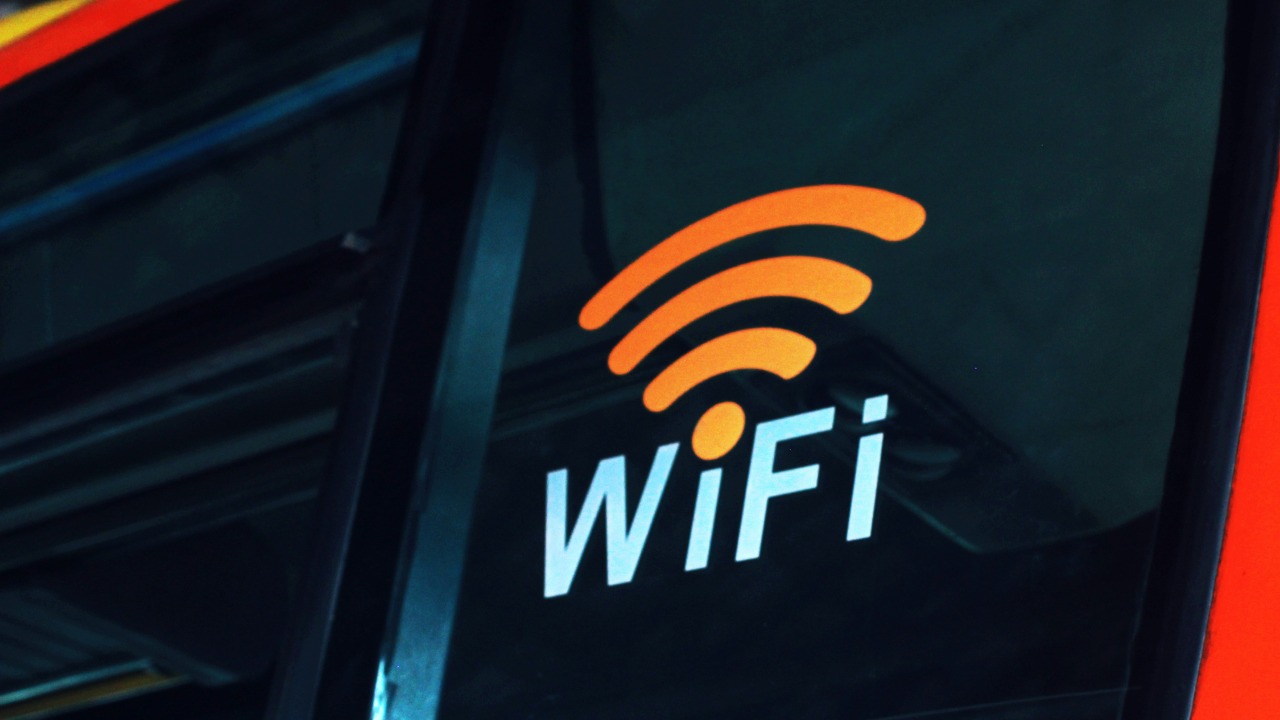
As workplace surveillance tools become more prevalent, the use of company Wi-Fi for monitoring employee activities has raised significant privacy concerns. A recent investigation by the Washington Post highlighted how employers are increasingly deploying monitoring software to track online activities on company networks, sparking debates about privacy invasions in offices across the U.S. Meanwhile, a New York Post feature provided insights into how employees can detect if their internet usage is being monitored. These reports underscore the growing tension between productivity oversight and personal data rights in an era of widespread Wi-Fi monitoring.
How Company Wi-Fi Enables Monitoring
When employees connect to company Wi-Fi, their internet traffic is routed through employer-controlled networks, allowing for potential monitoring of online activities. This process involves the transmission of data packets, which, if unencrypted, can expose browsing patterns without the need for advanced tools. Network logs play a crucial role in this monitoring, capturing IP addresses and domain names visited by employees. According to an analysis on Wi-Fi visibility, these logs can provide a detailed account of an employee’s internet activity.
Additionally, many routers come equipped with built-in features that automatically record connection timestamps and data volumes for all devices on the network. This means that employers can easily track when and how much data is being used, providing further insights into employee behavior. These capabilities highlight the technical mechanisms through which company Wi-Fi can be used to monitor employee activities, raising important questions about privacy and consent in the workplace.
What Specific Online Activities Are Visible
Employers can gain visibility into the top-level websites and apps accessed by employees, such as social media or shopping sites. An examination of workplace internet truths by LADbible outlines how this monitoring can reveal non-work-related activities, potentially flagging employees who spend excessive time on non-work sites during business hours. Furthermore, employers can track download and upload volumes, as well as session durations, which can indicate activities like streaming videos.
Mobile devices connected to company Wi-Fi are not exempt from this scrutiny. A privacy guide from CyberGhost VPN explores whether Wi-Fi owners can track site visits from phones, confirming that similar monitoring capabilities apply. This level of visibility into online activities underscores the potential for employers to monitor a wide range of internet usage, raising concerns about the balance between oversight and privacy.
Limitations of Employer Visibility on Wi-Fi
Despite the extensive monitoring capabilities of company Wi-Fi, there are limitations to what employers can see. HTTPS encryption provides a layer of protection by hiding specific page content and search queries, even on monitored networks. This means that while employers can see the domains visited, they cannot access the detailed content of encrypted pages. Additionally, the use of VPNs or secure apps can obscure traffic details, further limiting employer visibility.
Legal and technical boundaries also play a role in restricting employer access to personal data. In certain jurisdictions, consent is required for monitoring, preventing employers from accessing personal emails or messages without explicit permission. These limitations highlight the importance of understanding the legal and technical protections available to employees, ensuring that their privacy is respected even in monitored environments.
Detecting and Responding to Workplace Surveillance
Employees can take proactive steps to detect and respond to workplace surveillance. According to a New York Post investigative piece, telltale signs of monitoring include unexpected performance lags or notifications from monitoring software. Employees can also check device settings and network policies for installed trackers, reviewing IT admin access logs for any suspicious activity.
Practical responses to suspected surveillance include reviewing company handbooks for disclosure policies and consulting privacy experts for guidance. A report by the Washington Post on bossware detection emphasizes the importance of understanding company policies and seeking expert advice to navigate the complexities of workplace surveillance. By staying informed and vigilant, employees can better protect their privacy in an increasingly monitored work environment.